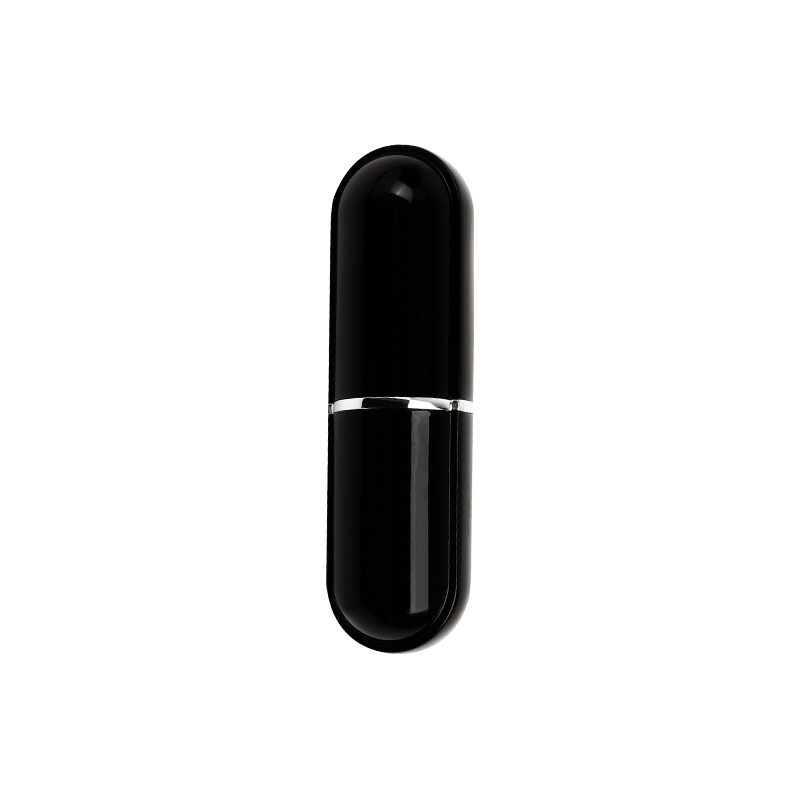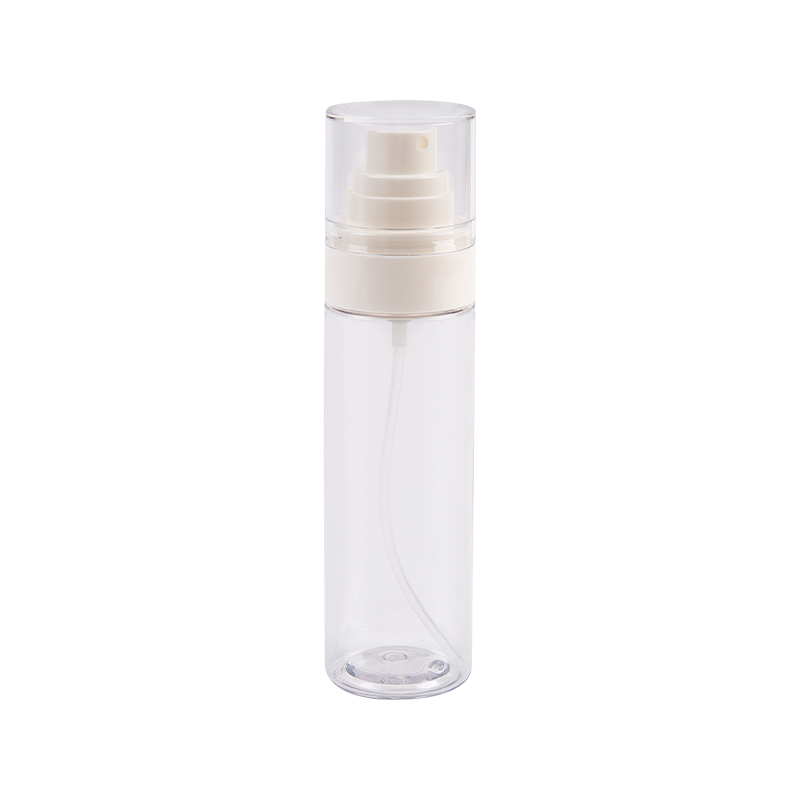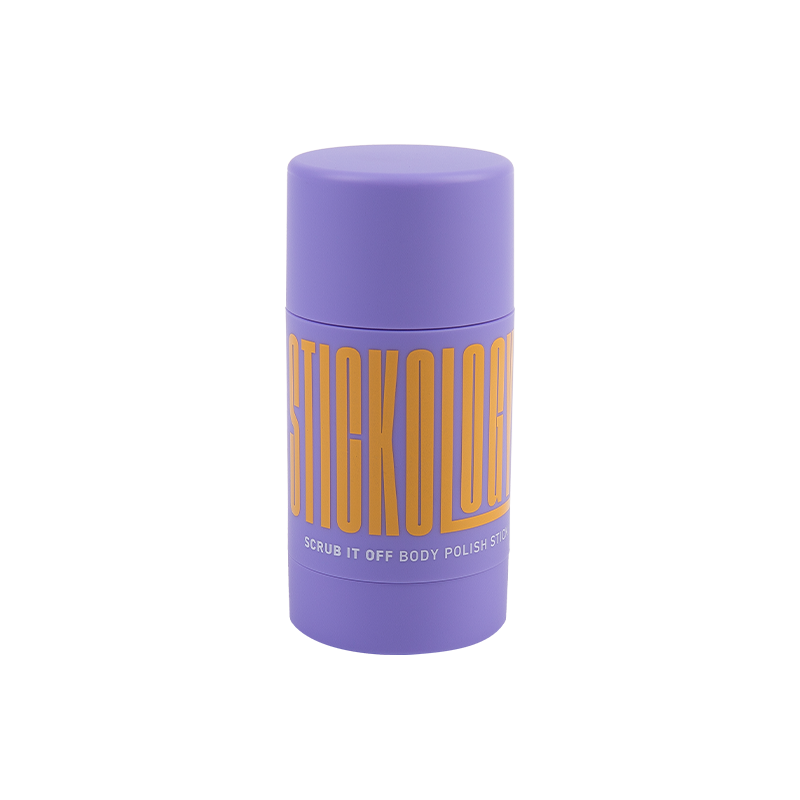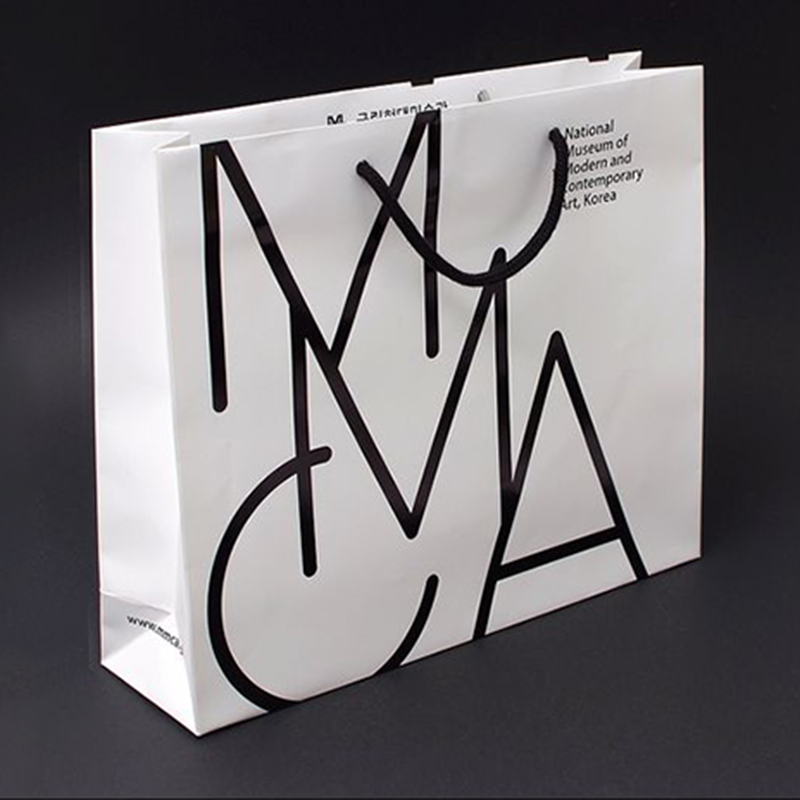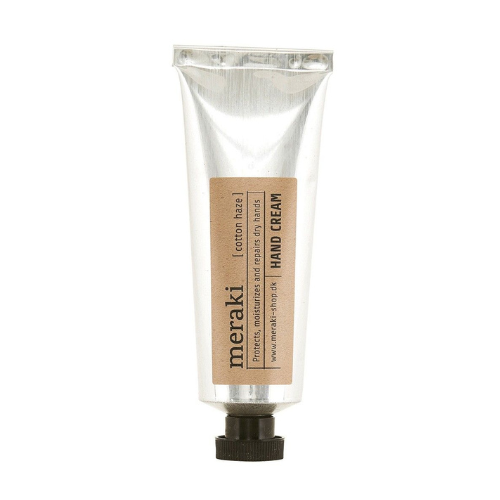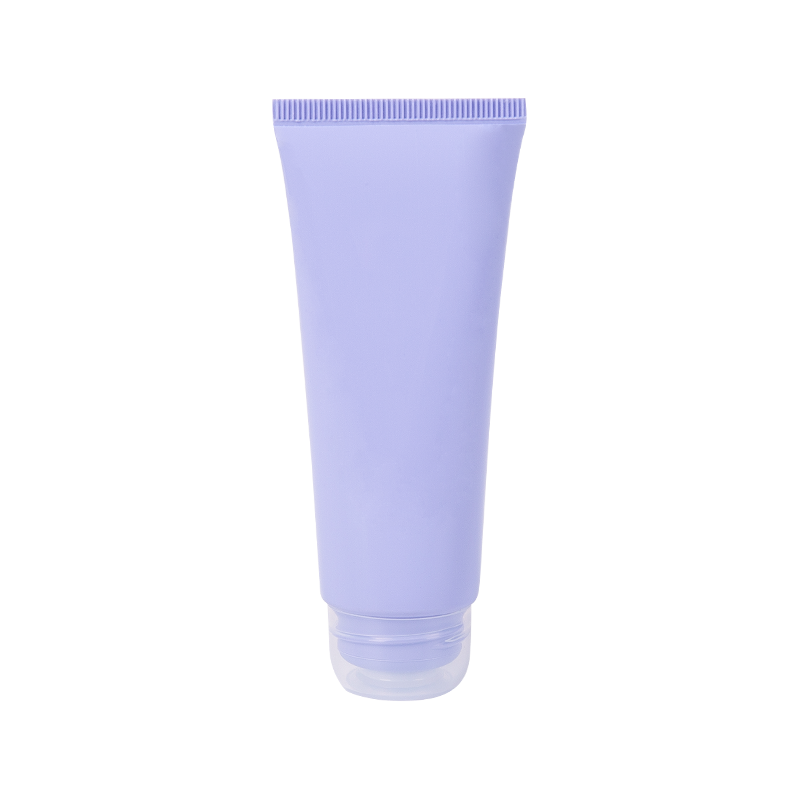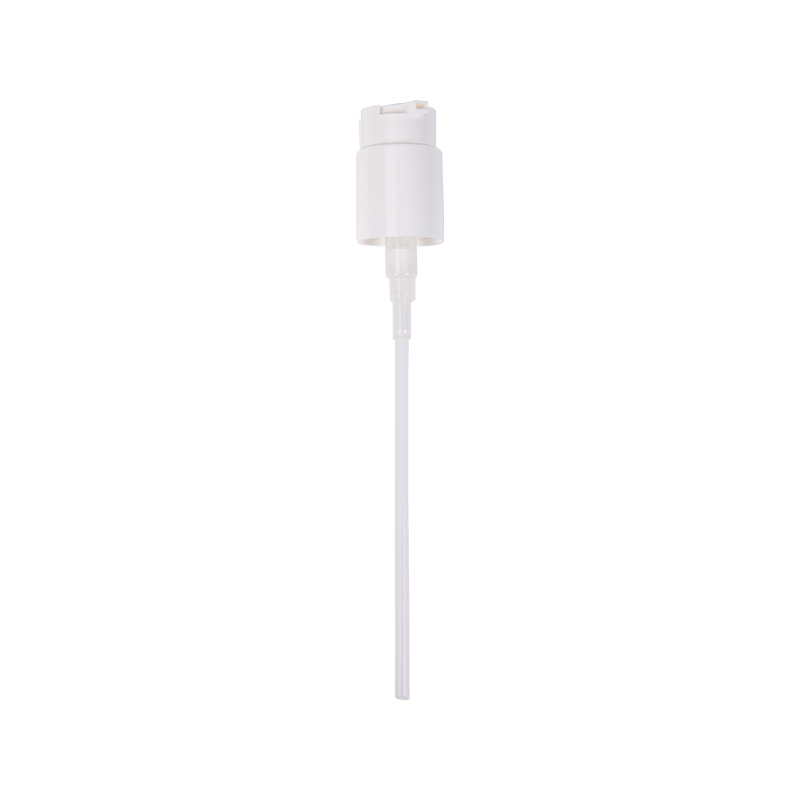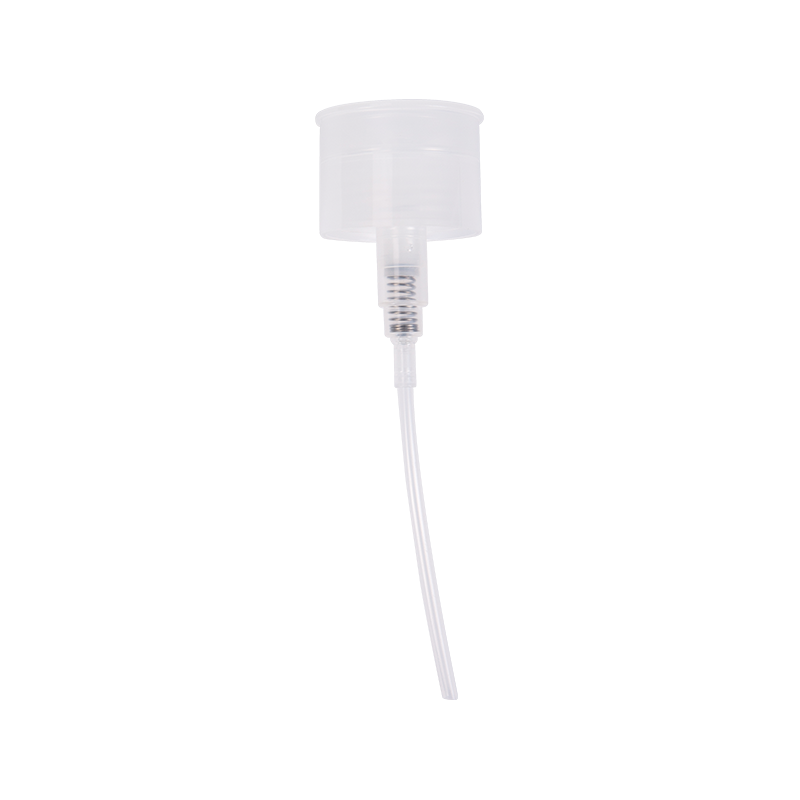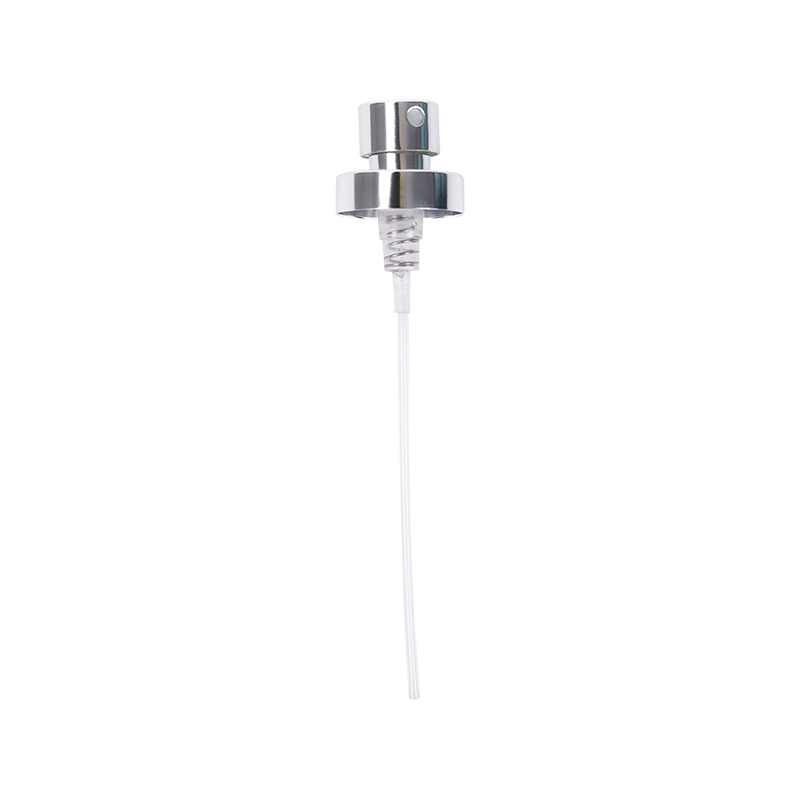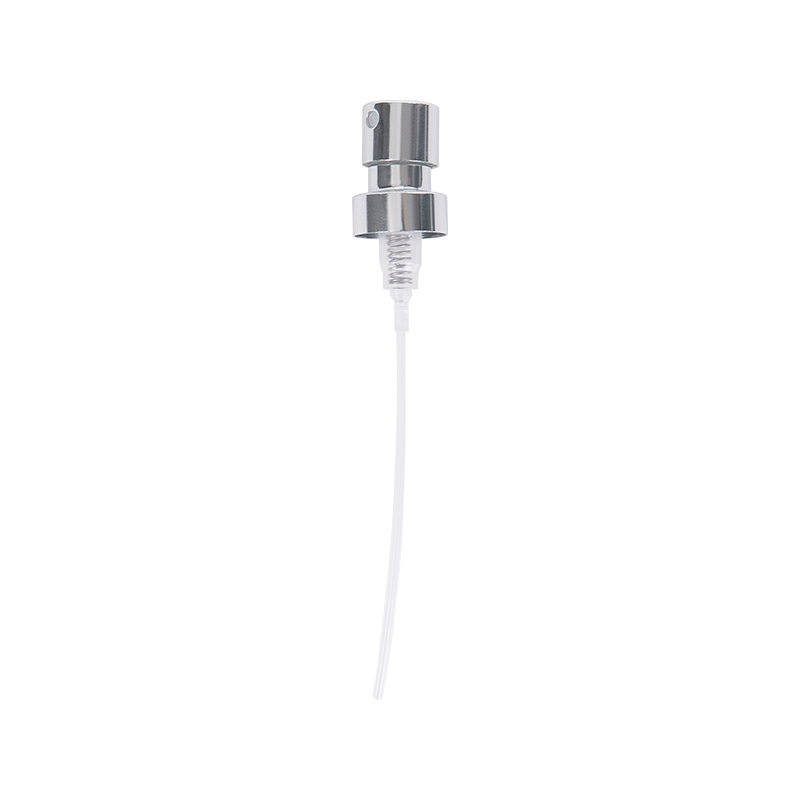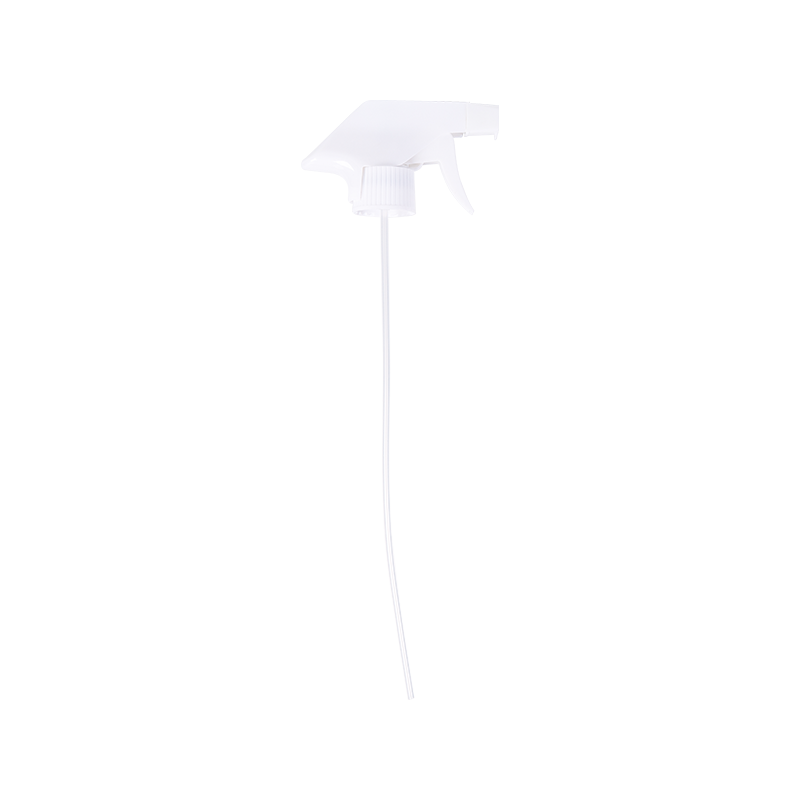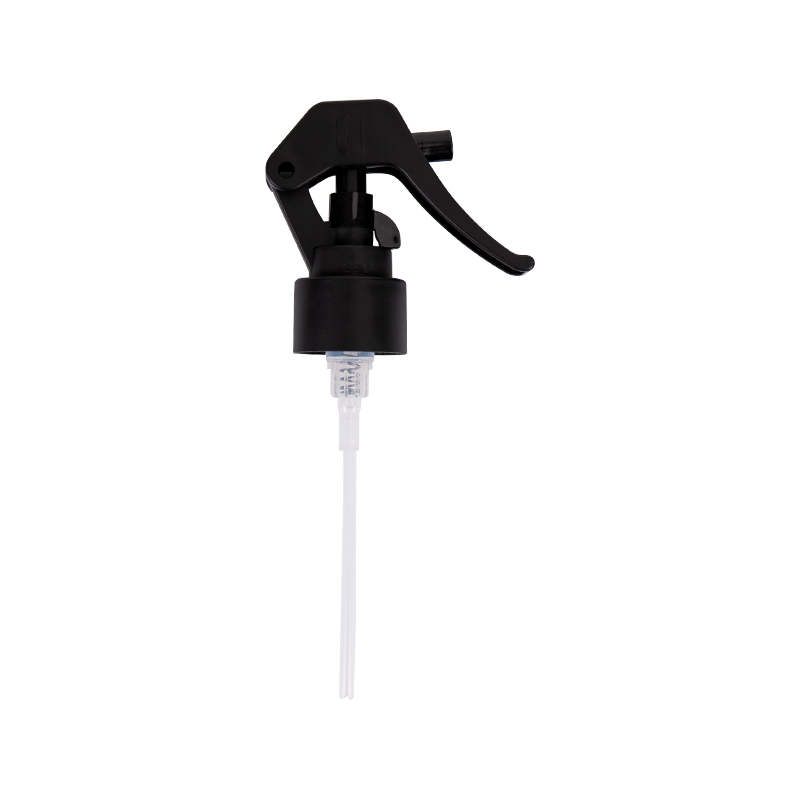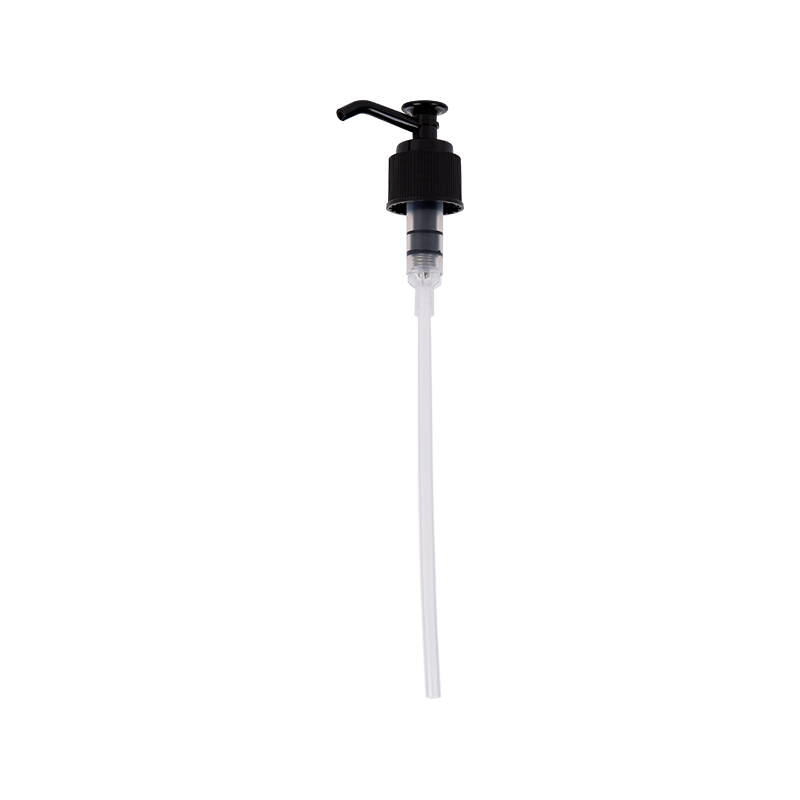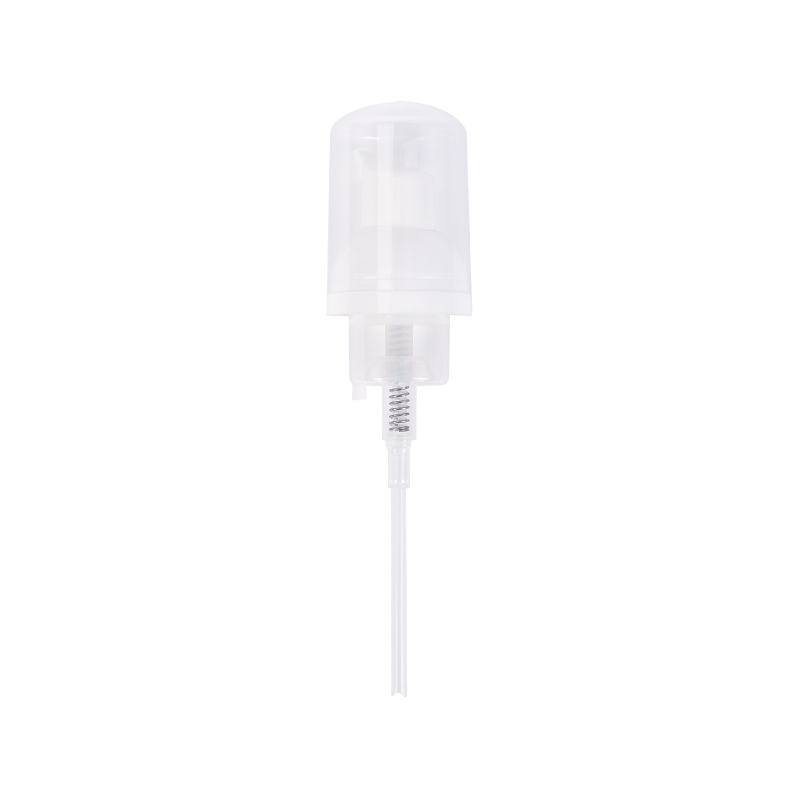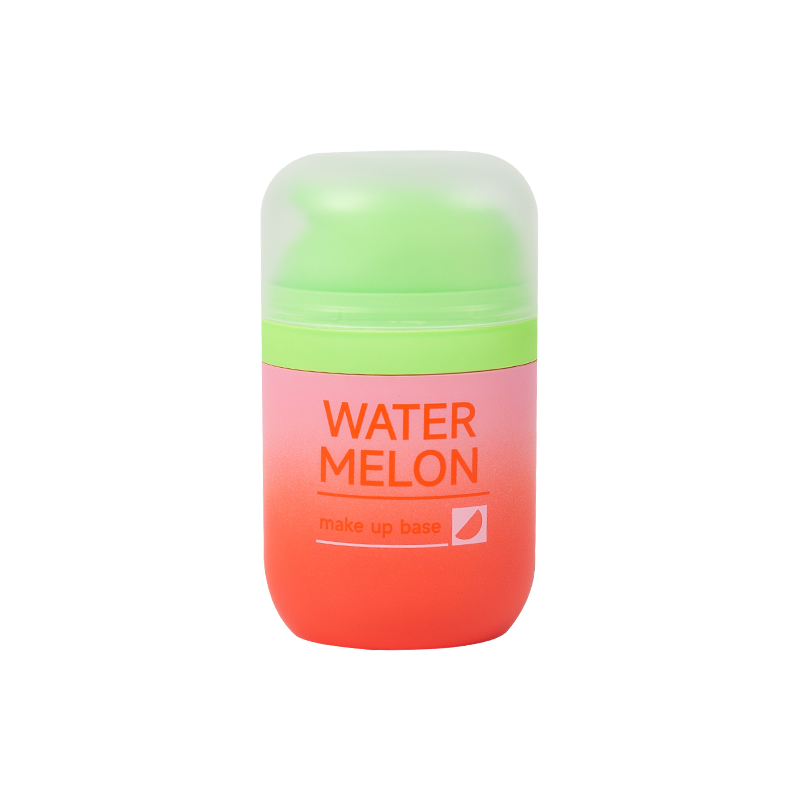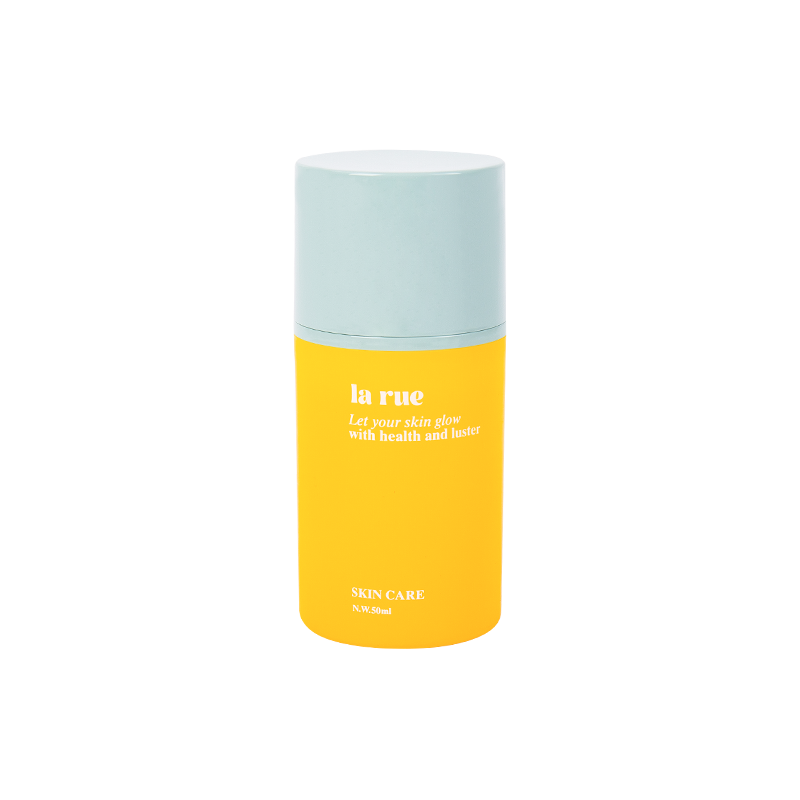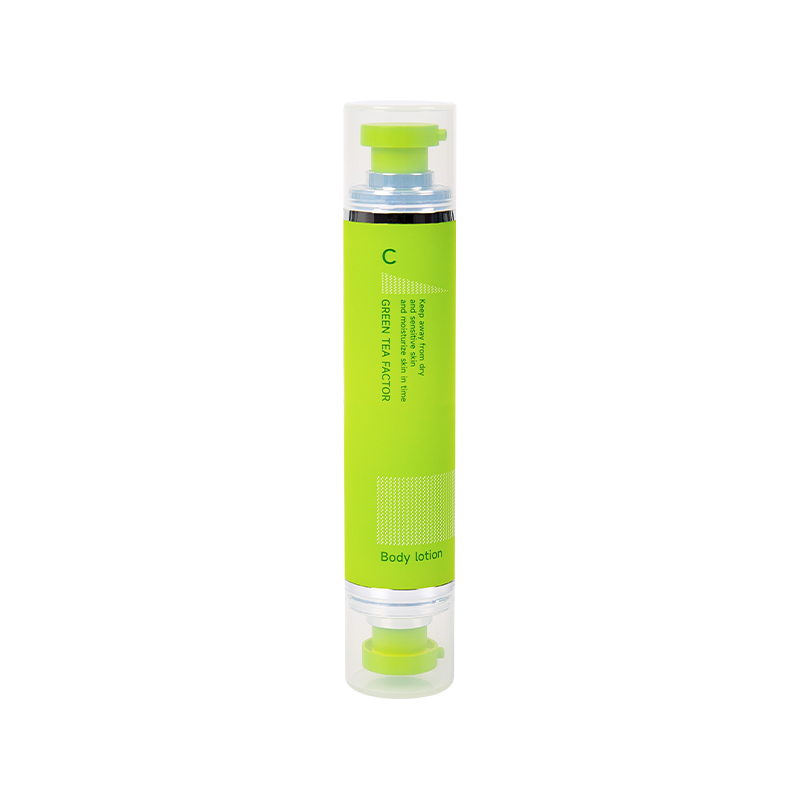Innovation in beauty packaging – the 84.9mm Black Lip Balm Lip Gloss Lipstick Capsule. Crafted with precision and elegance, this capsule is designed to elevate your lip care and cosmetic products to n...
How does a trigger sprayer work?
The Core Components
To understand how a trigger sprayer works, let's first identify its key components:
-
Bottle/Reservoir: This holds the liquid to be dispensed.
-
Dip Tube: A long, slender tube extending from the pump mechanism to the bottom of the bottle, drawing liquid upwards.
-
Trigger Lever: The part you squeeze to initiate the spraying action.
-
Piston/Plunger: Connected to the trigger, this component moves within a cylinder.
-
Cylinder/Pump Chamber: The housing where the piston operates, creating pressure differences.
-
One-Way Valves (Check Valves): Typically two are present – one at the bottom of the dip tube (inlet valve) and one leading to the nozzle (outlet valve). These allow fluid flow in only one direction.
-
Nozzle: The opening at the end of the sprayer that shapes the dispensed liquid into a spray or stream. It often includes an adjustment mechanism to change the spray pattern.
-
Spring: Provides the force to return the trigger and piston to their original positions after each squeeze.
The Pumping Action: A Step-by-Step Breakdown
The operation of a trigger sprayer can be broken down into a cycle of two primary phases: the trigger squeeze (power stroke) and the trigger release (recovery stroke).
1. Trigger Squeeze (Power Stroke)
When you pull the trigger lever, it acts on the piston, causing it to move forward into the pump chamber. This action compresses the air within the chamber, increasing the pressure. The increased pressure has two immediate effects:
-
Closes Inlet Valve: The pressure inside the pump chamber becomes greater than the pressure in the dip tube, forcing the one-way inlet valve at the bottom of the dip tube to close. This prevents the liquid from being pushed back down into the bottle.
-
Opens Outlet Valve & Dispenses Liquid: Simultaneously, the increased pressure forces open the one-way outlet valve, which leads to the nozzle. The pressurized liquid is then propelled out of the nozzle. The design of the nozzle, particularly its small orifice and internal channels, helps to atomize the liquid into a fine mist or concentrate it into a stream, depending on the desired spray pattern.

2. Trigger Release (Recovery Stroke)
As you release the trigger, the spring inside the sprayer mechanism pushes the piston back to its original position, creating a vacuum or low-pressure area within the pump chamber. This pressure differential is crucial for drawing more liquid into the chamber:
-
Closes Outlet Valve: The pressure inside the pump chamber drops, causing the outlet valve to close. This prevents air from being sucked back into the nozzle and maintains the prime of the pump.
-
Opens Inlet Valve & Draws Liquid: The lower pressure in the pump chamber (relative to the atmospheric pressure acting on the surface of the liquid in the bottle) creates a suction force. This force opens the one-way inlet valve at the bottom of the dip tube, drawing liquid up from the bottle and into the pump chamber, priming it for the next squeeze.
The Role of the Nozzle
The nozzle is more than just an opening; it's a finely engineered component that dictates the spray pattern. Many trigger sprayers feature an adjustable nozzle that allows you to rotate it to select different spray patterns, such as:
-
Mist: Achieved through a very small orifice and often a swirling action within the nozzle, breaking the liquid into tiny droplets for wide, even coverage.
-
Stream: A larger, more direct opening provides a concentrated jet of liquid for targeted application.
-
Off: A sealed position that prevents accidental spraying and leakage.
Conclusion
In essence, the efficiency of a hand sprayer lies in its ability to convert the mechanical energy of a user's squeeze into hydraulic pressure, which then expels the liquid. The clever integration of one-way valves ensures a continuous, unidirectional flow of liquid with each pump cycle, making the trigger sprayer an indispensable and remarkably effective tool for a wide array of applications, from household cleaning to gardening.



 中文简体
中文简体